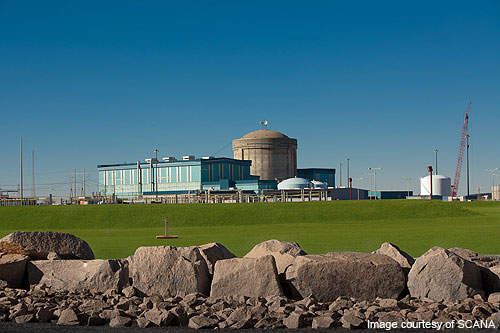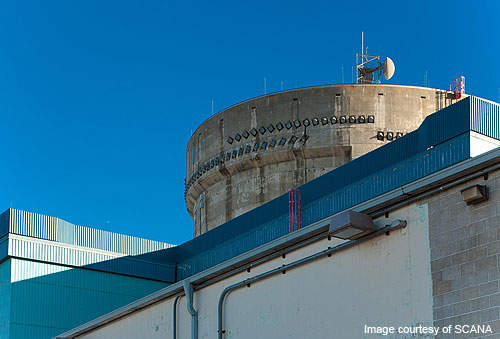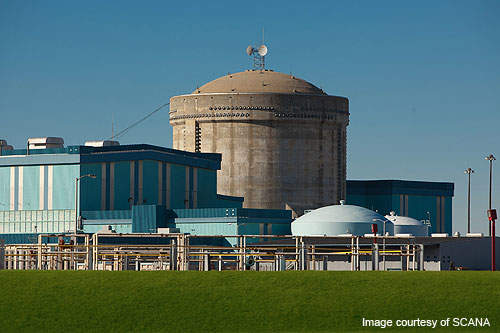Virgil C Summer nuclear station is located in Jenkinsville, South Carolina, US. The 966MW plant was built with an investment of $1.3bn. Construction of the plant began in 1971 with commercial operations commencing in January 1984.
The plant is co-owned by South Carolina Electric & Gas (SCE&G) (55%) and Santee Cooper (45%). The plant accounts for 19% of the electricity supplied by SCE&G. The partners have a licence to operate the plant until 12 November 2042.
The plant features a single pressurised water reactor. SCE&G is adding two 1,117MW nuclear electric-generating units (unit 2 and unit 3) to the plant with an investment of $9.8bn. The two units will increase the power generation capacity of the plant to 3,200MW. Unit 2 is scheduled for completion in 2019 and unit 3 in 2020. The expansion is expected to generate 3,300 jobs during construction and 800 permanent jobs.
Virgil C Summer nuclear station make-up
The pressurised water reactor uses natural circulation for cooling. The power generation process is a nuclear fission reaction carried out in a nuclear core that generates heat. Water maintained at high pressure travels through a series of conduits transferring heat from the nuclear core to heat exchangers, which, effectively heat another loop of cold water, converting it into steam to drive the electric-generating turbines.
The water contained in the closed loop never comes into contact with the water which is converted into steam. The closed loop water is reused several times. Cooling water for the reactor is supplied from the Monticello Reservoir in Fairfield County.
Two Colt-Pielstick engines supplied by Fairbanks Morse provide backup power for the plant, playing a crucial role during power outages. Backup power is essential to safely shut down the plant in case of emergencies.
Plant expansion
Expansion plans began in December 2005 for the plant to meet future electricity demands. Subsequently, SCE&G and Santee Cooper notified their intentions to build two new units, to the US Nuclear Regulatory Commission (NRC). In February 2006, the companies chose Westinghouse AP1000 pressurised water reactor technology for the new units.
SCE&G submitted a licence application for building the two new units in March 2008. The application was approved by the Public Service Commission of South Carolina in February 2009.
Construction
Construction of the unit 2 commenced with the NRC’s approval in March 2012. More than 6.5 million cubic yards of earth has been turned up for various components of the unit including the power block, the circulating water system and the switch yard.
The CA05 structural module was placed at VC Summer unit 2 nuclear island in December 2014.
In June 2015, the unit 3 reactor vessel arrived on site and the CA04 module, which houses the unit 3 reactor vessel as well as associated components, was placed on the containment vessel bottom head.
Reactors
The new units will use the same technology that is currently being used at unit 1. The technology, however, has been improved and simplified. The new design requires 50% fewer safety-related valves, 80% less safety-related piping and 85% less control cable. This translates into a safer plant, which is easy to operate as well as being less expensive to build and maintain.
Contractors
In May 2008, the Shaw Group and Westinghouse Electric Company were awarded the engineering, procurement and construction (EPC) contract for the two new units. Stone & Webster, a subsidiary of the Shaw Group, is involved in the design and construction of the units.
GSE Systems was subcontracted in September 2010 to create simulator models of the two units. The models will be used to train the first generation of reactor operators for the two units.
In February 2011, Westinghouse Electric was awarded a $400m contract to provide fabrication services for the existing and new units of the plant. The long-term contract runs till 2033, with the first delivery scheduled in 2012.
In March 2011, Pike Electric Corporation was awarded a $275m EPC contract to build 250 miles of transmission lines as part of the expansion.






